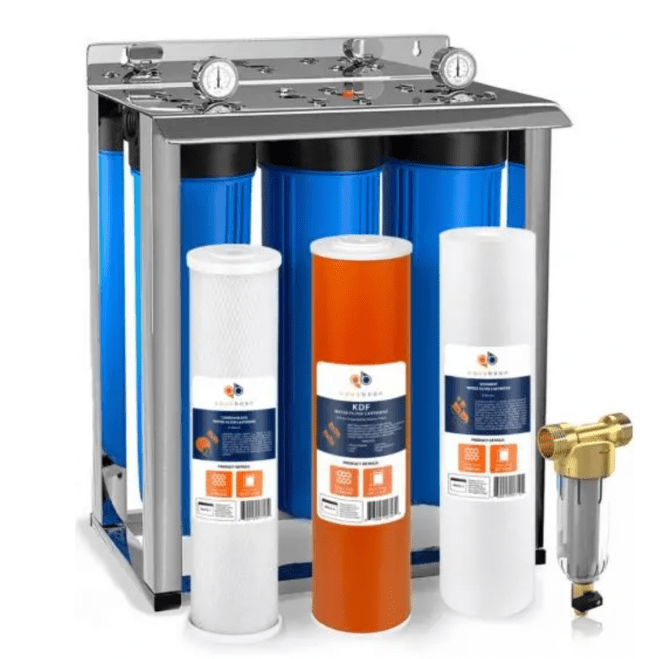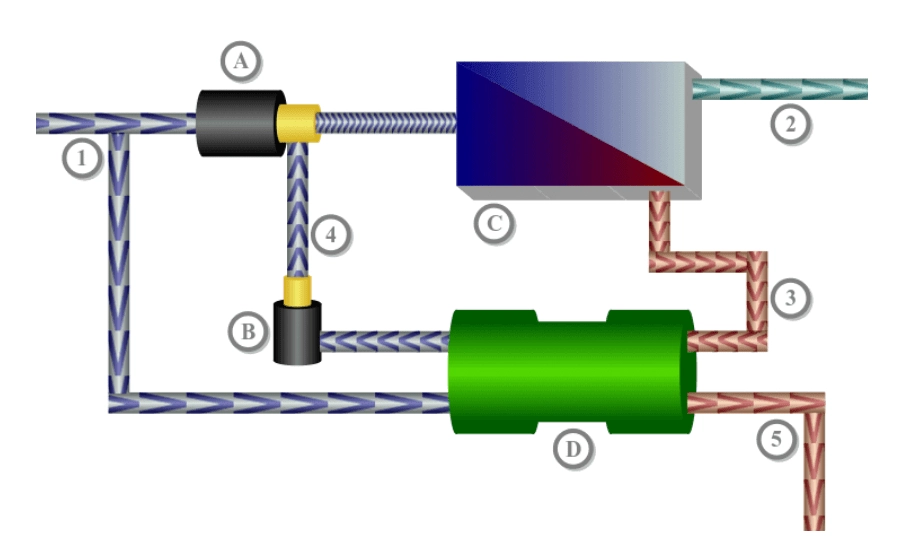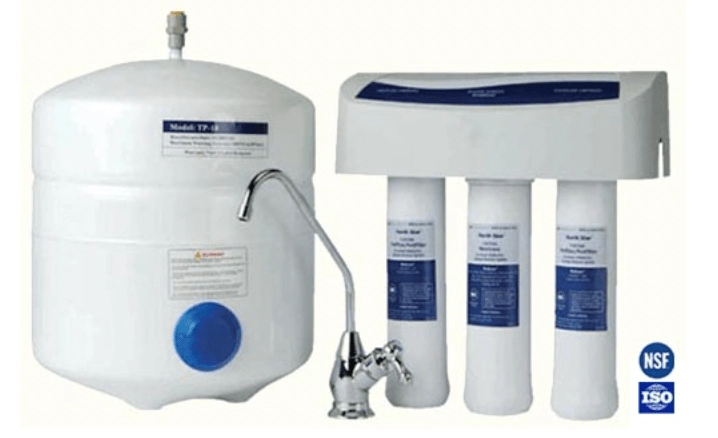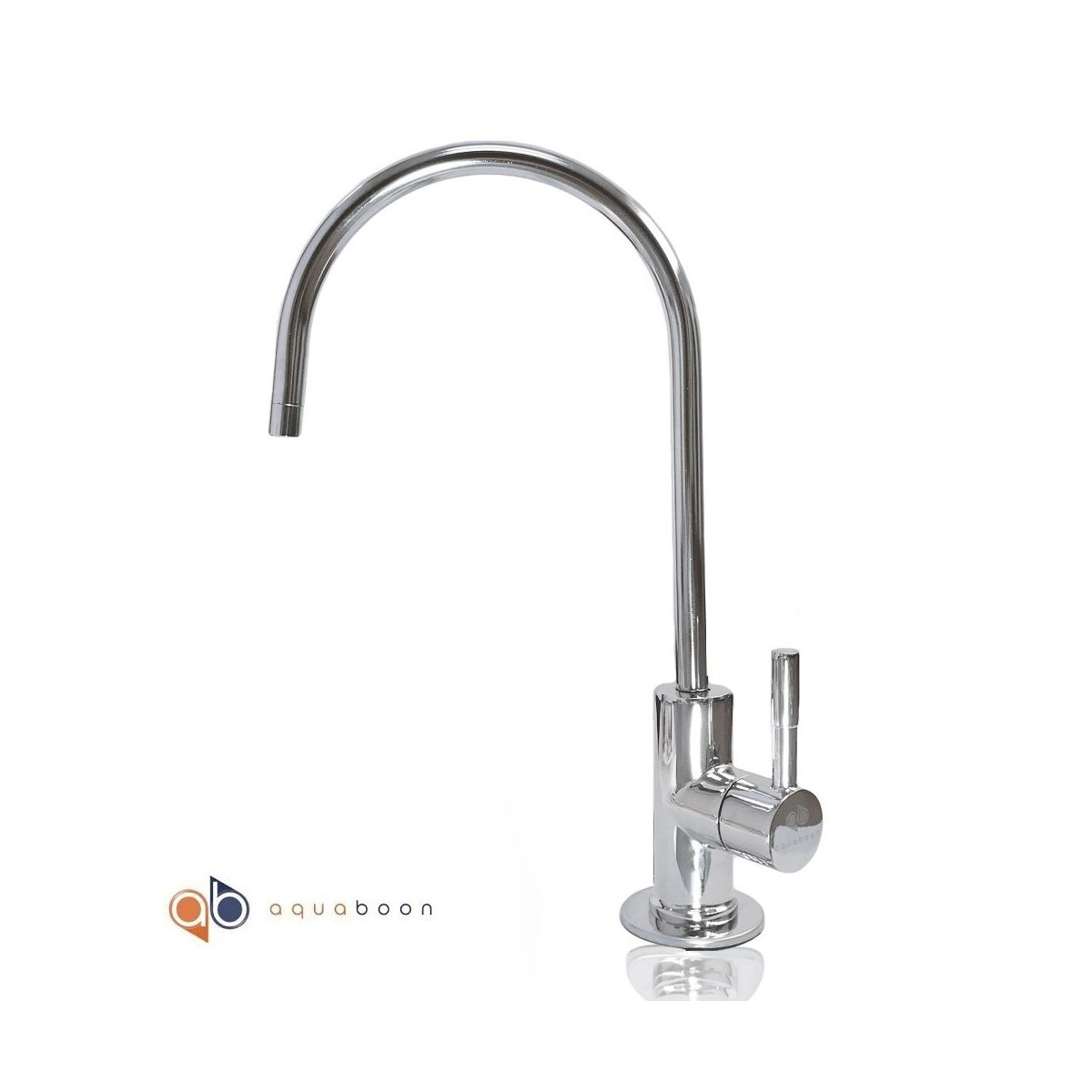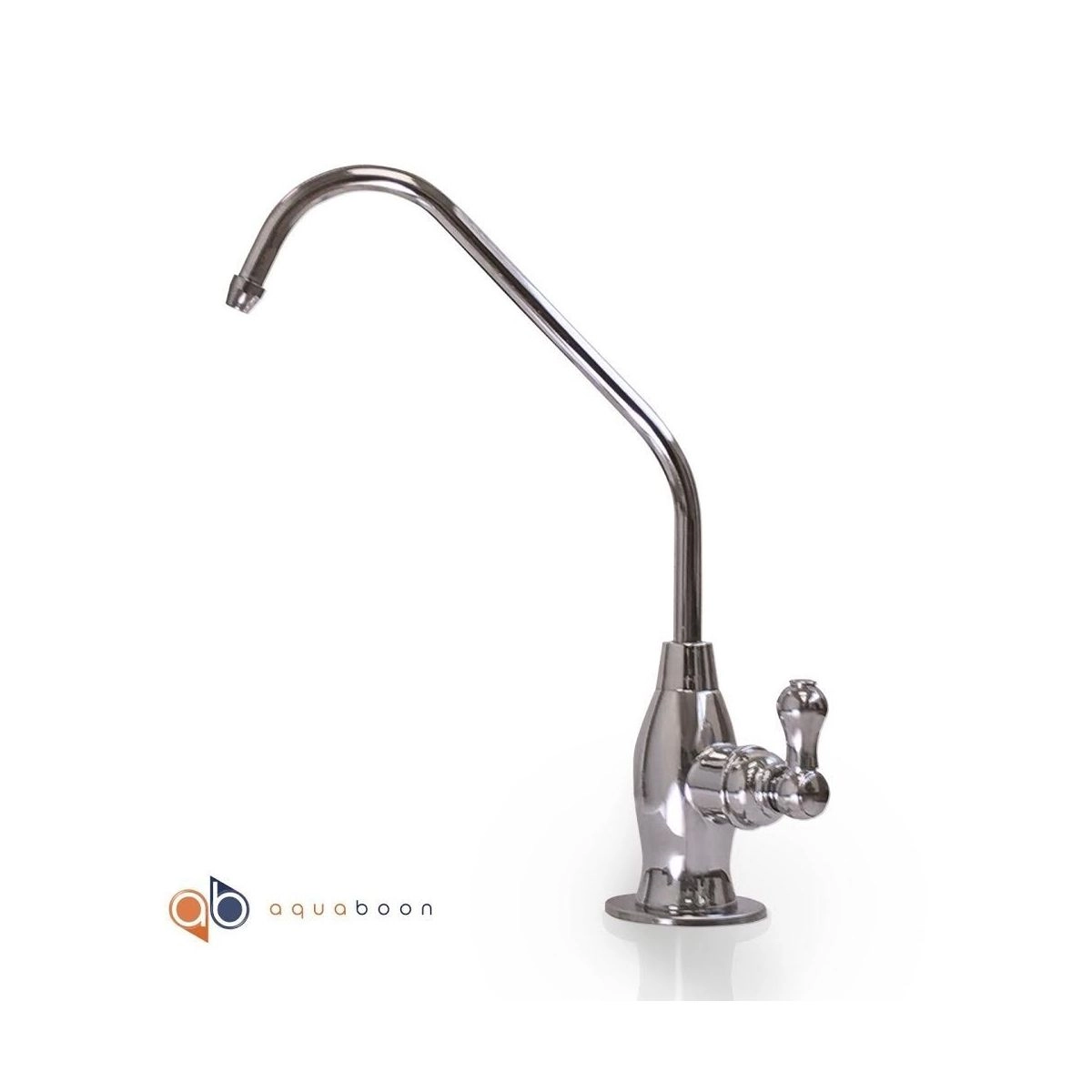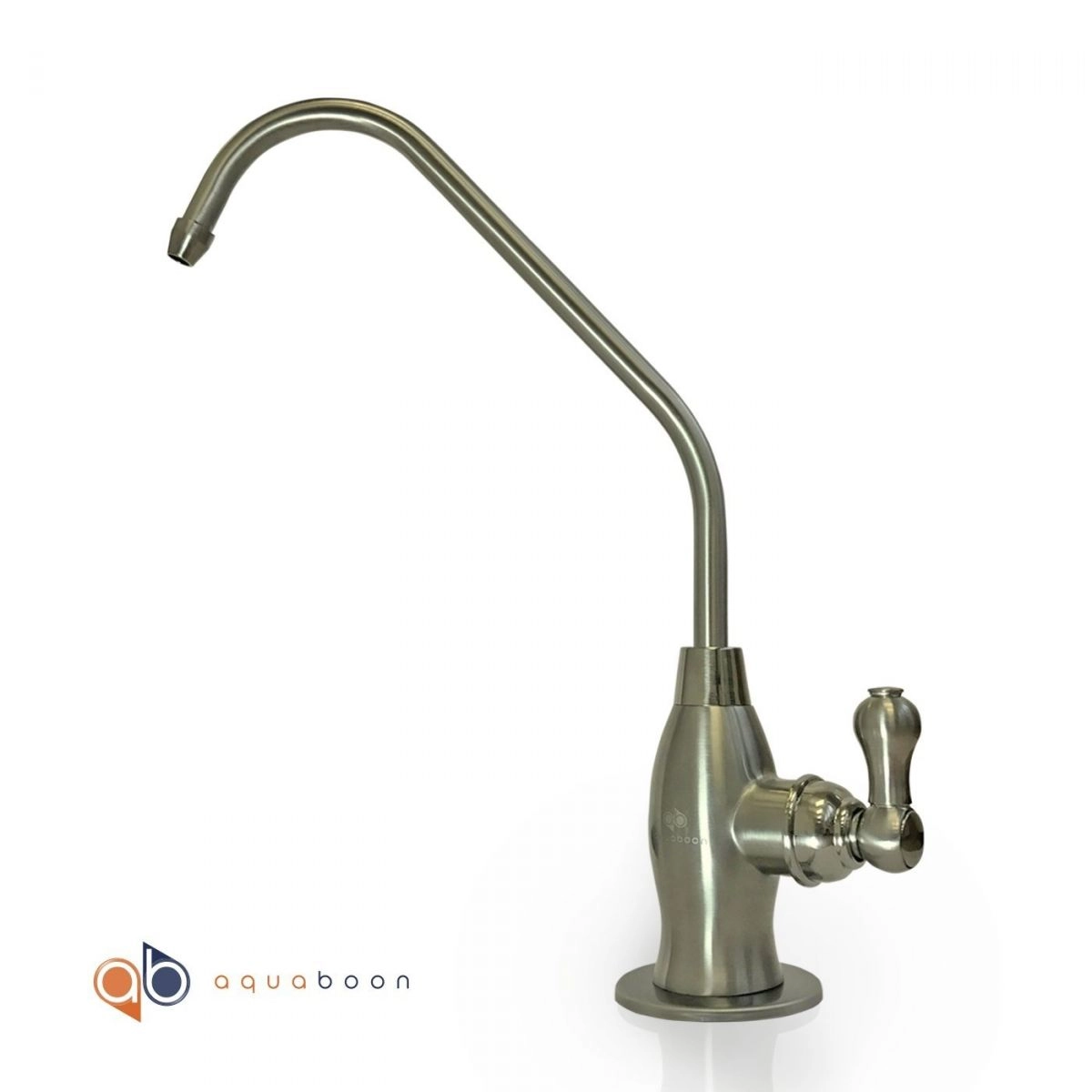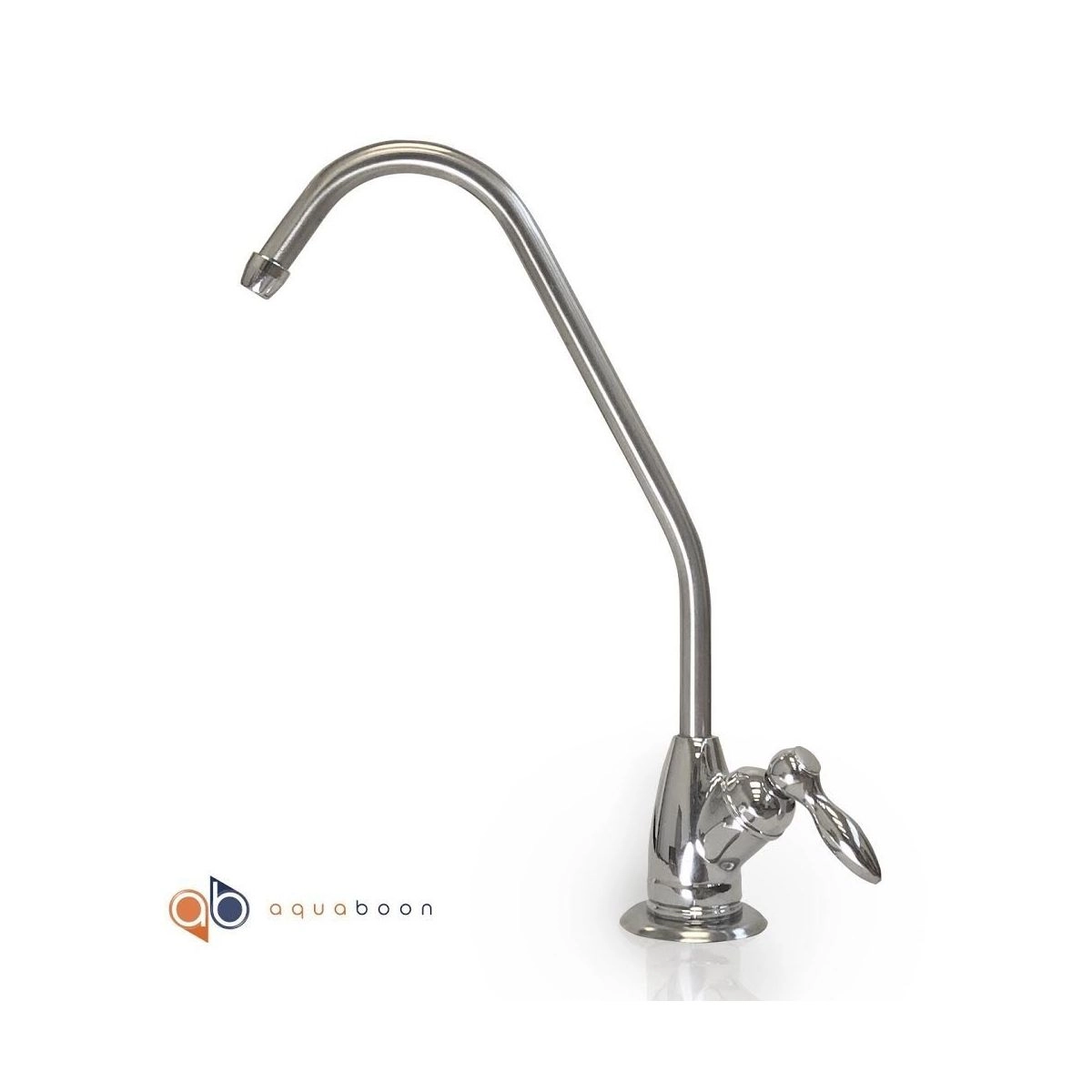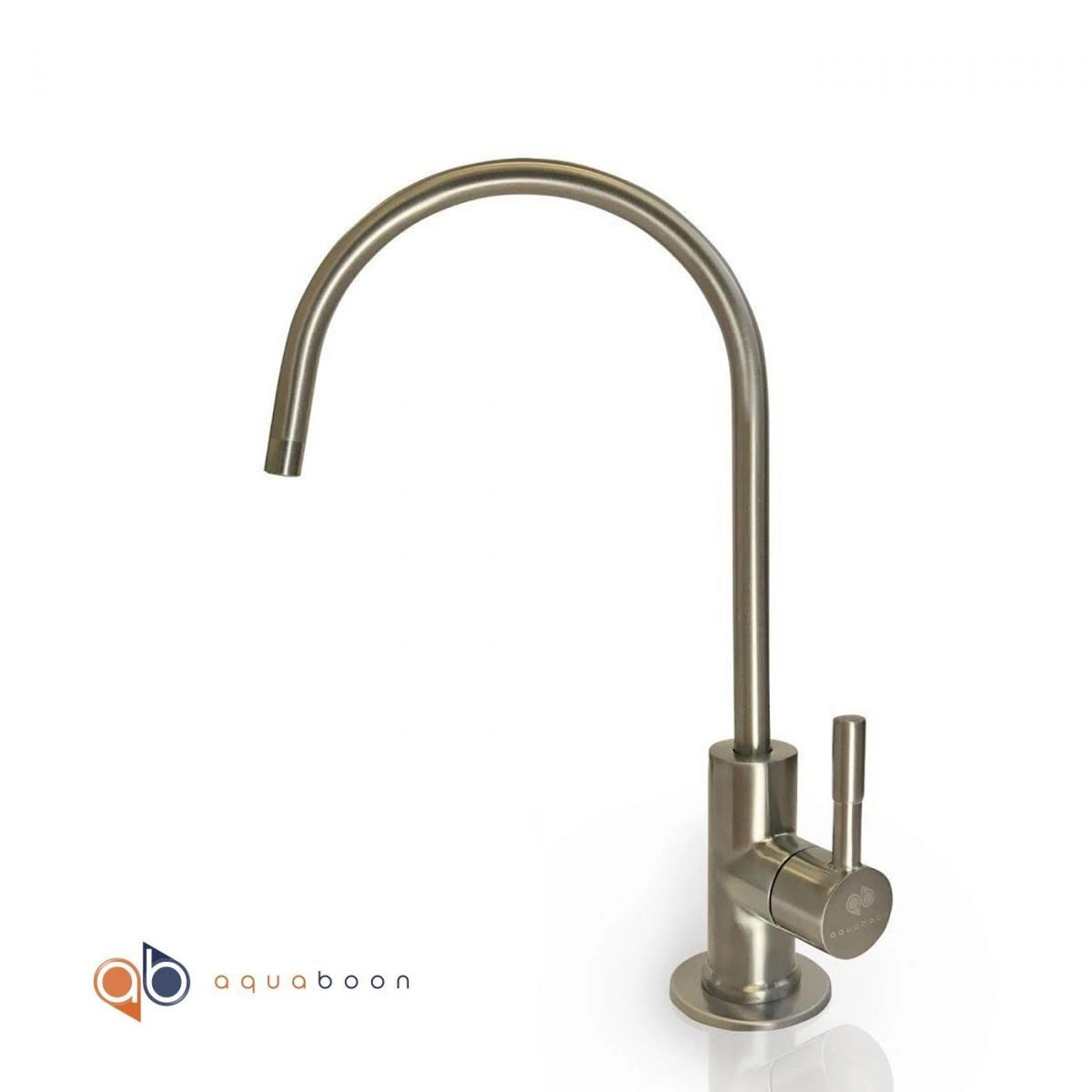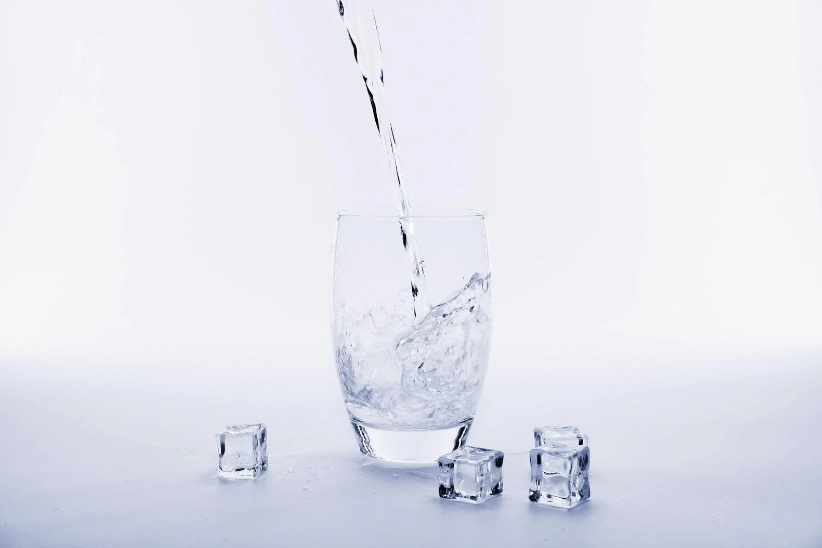What Is RO And How Does Reverse Osmosis System Work?
Pure, clean water is a precious commodity. Without access to it, over 485 000 people die every year from diseases. That being said, how do you guard your health and ensure that you're always safe?
If you live where there is no access to safe drinking water, then reverse osmosis may be something you want to look into.
But what exactly is this and how does it work? This article will answer all your questions, read on.
What is the reverse osmosis water filter?
RO systems are a type of desalination equipment that uses a semi-permeable membrane to filter pollutants out from the drinking source.
These filters help to remove salts and other filth. It can also be used to remove microorganisms and heavy metals. The equipment is typically used in homes, offices, and industrial applications.
Parts of RO water filters
They come with a series of filters to remove the filth. For better reverse osmosis understanding, it is important to know how to identify these filters.
The following are some of the parts that make up the system:
- Pre-filter. This is the first filter in the system and it is designed to remove impurities, organochlorine and organic compounds, and chlorine. It also helps the membrane to last longer.
- RO membrane. This is the part of your filter that removes most impurities. It is made up of semi-permeable membranes that allow only filtered water while blocking out any particles larger than 0.0001 microns.
- Post filter. After the process has been completed, it is important to use post filters to remove any remaining filth. These post-filters can be either carbon filters, UV cartridges, coal, or mineralizer.
What Does Reverse Osmosis Remove?
The RO system work by removing up to 99% of TDS from your water. It is a great way to get pure drinking, cooking, and cleaning water.
This process removes:
- Heavy metals (lead, cadmium, copper, iron, and zinc)
- Microorganisms (Bacteria and Viruses)
- Fluoride
- Arsenic
- Barium
- Chromium
- Cyanide
- Nitrates and Nitrites
- Chloramines
- Sodium salts and other minerals
- Lead and arsenic
- Organic compounds (including herbicides, pesticides, and synthetic hormones)
Products like KDF water filters also remove other pollutants such as cysts, algae, and parasites that may be present in your well or tap


